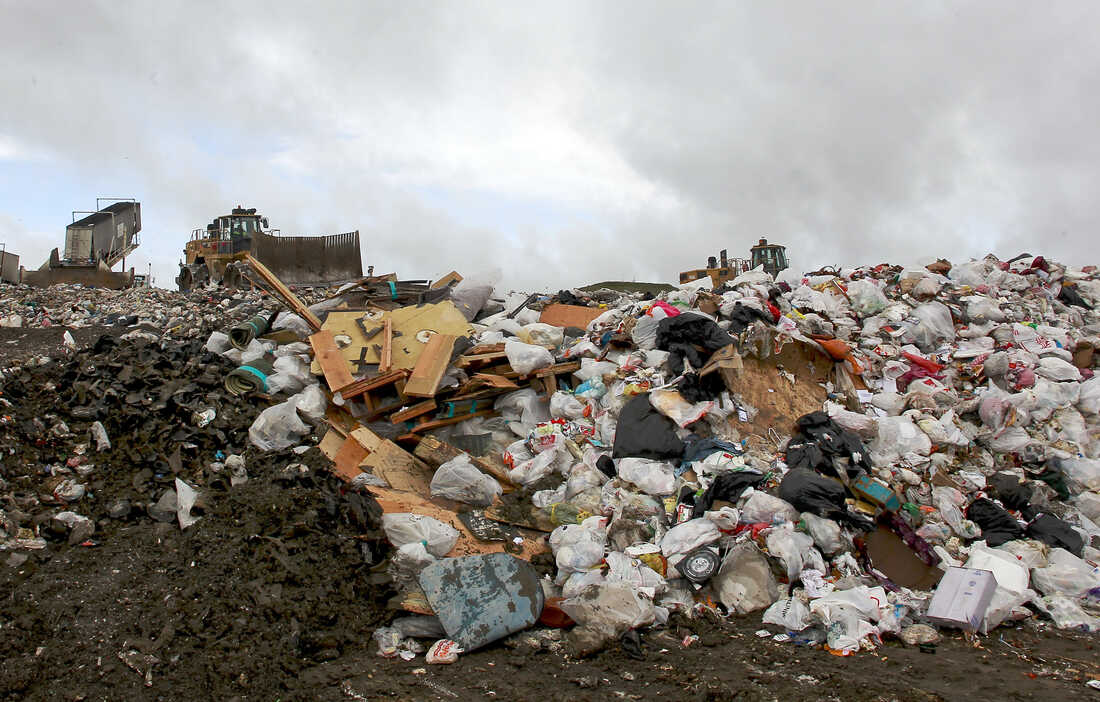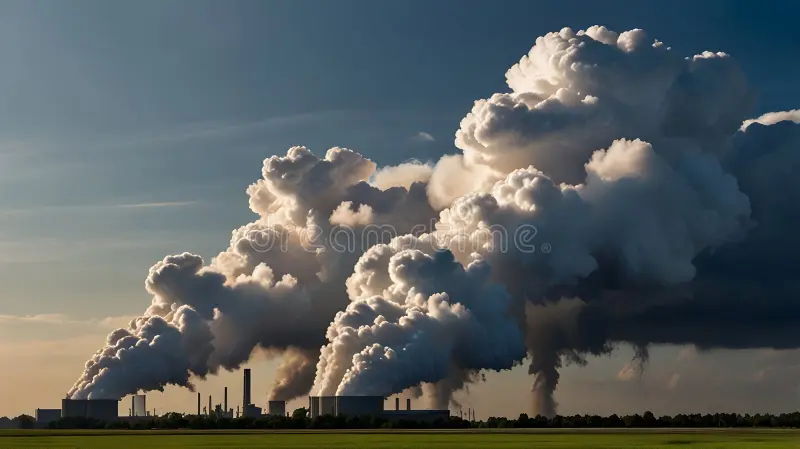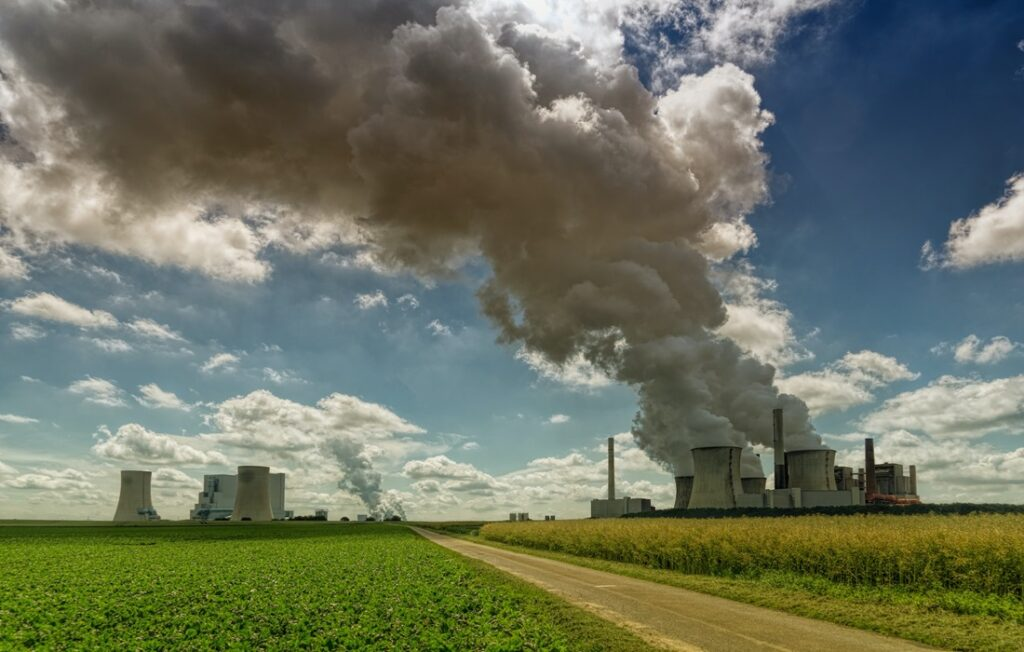
Methane pollution is becoming one of the most serious environmental problems in the world today. Although many people talk about carbon dioxide (CO₂), methane is a much stronger greenhouse gas that traps more heat in the atmosphere. Surprisingly, not enough people are aware of the dangers of methane pollution. Scientists are now warning that if we don’t take action soon, methane emissions could lead to major disasters such as faster global warming, extreme weather, and serious health risks for millions of people.
In this article, we will explain what methane pollution is, why it is dangerous, how it happens, and what steps the world can take to reduce it.

Methane (chemical formula CH₄) is a colorless, odorless gas that naturally occurs in small amounts in the Earth’s atmosphere. It is produced from natural sources like wetlands and termites but also from human activities such as:
When large amounts of methane are released into the air, it acts like a blanket around the Earth, trapping heat that should escape into space. This makes the planet warmer—a dangerous process known as global warming.
Many people do not realize that methane is 84 times more powerful than carbon dioxide over a 20-year period when it comes to trapping heat in the atmosphere. While CO₂ stays in the air for hundreds of years, methane is more short-lived (about 12 years), but its warming impact is much greater in the short term.
Oil and gas operations are the biggest sources. Methane leaks occur when natural gas is extracted, transported, or stored.
Farm animals like cows and sheep produce methane when they digest food. Rice farming also releases methane from flooded fields.
As garbage breaks down in landfills, it releases methane into the air.
Methane trapped underground is released during coal mining operations.
Methane pollution is responsible for around 30% of the current rise in global temperatures. According to the United Nations Environment Programme (UNEP), cutting methane emissions by 45% by 2030 could prevent up to 0.3°C of global warming by 2040.
This would make a big difference in:
Oil and gas companies can use advanced technology to detect and stop methane leaks from pipes and equipment.
Farmers can reduce methane from cows by changing their diets or using special feed additives. Rice farmers can use better water management to cut methane emissions.
More recycling, composting, and capturing methane gas from landfills can greatly reduce pollution.
More than 100 countries signed the Global Methane Pledge at the COP26 climate summit in 2021, promising to cut methane emissions by 30% by 2030.
Moving away from fossil fuels to solar, wind, and other renewable energy sources will help reduce methane pollution in the long term.

Even individuals can help reduce methane pollution by:
Methane pollution is an invisible but deadly threat to our environment and health. It heats the planet much faster than carbon dioxide and causes harmful effects that are already being felt around the world. But the good news is that cutting methane emissions is one of the quickest and cheapest ways to slow down global warming.
Governments, industries, and everyday people must work together to fight this crisis. If we take action now, we can protect our planet, save lives, and create a cleaner, safer future for everyone.
Read More:- Deyaar’s Latest Announcement Shakes Up the UAE Property Market
